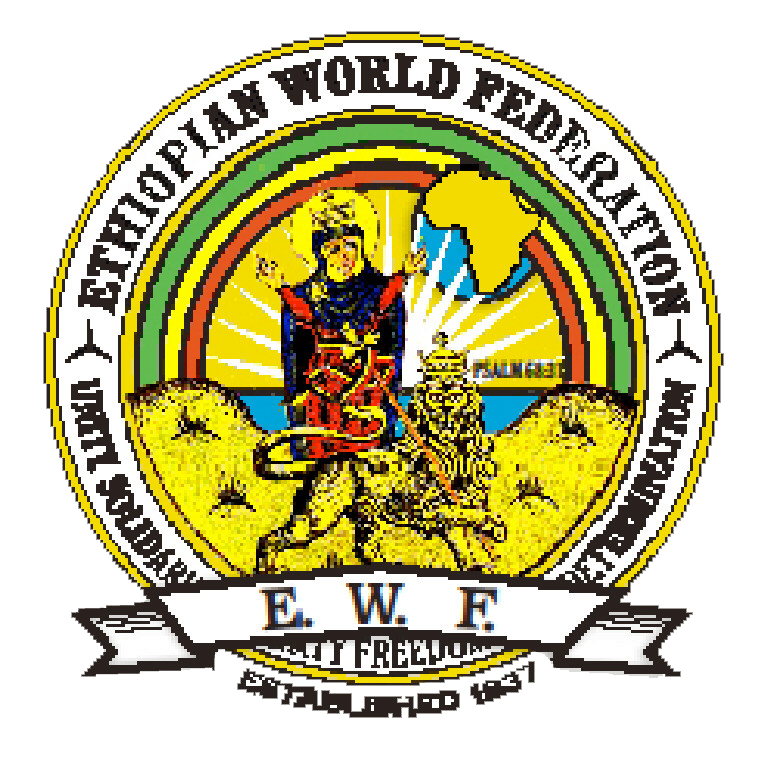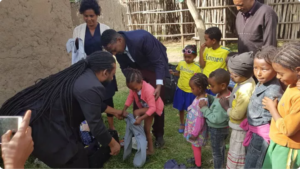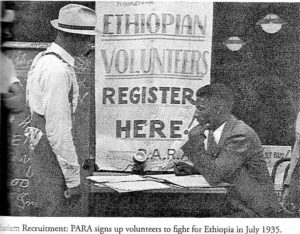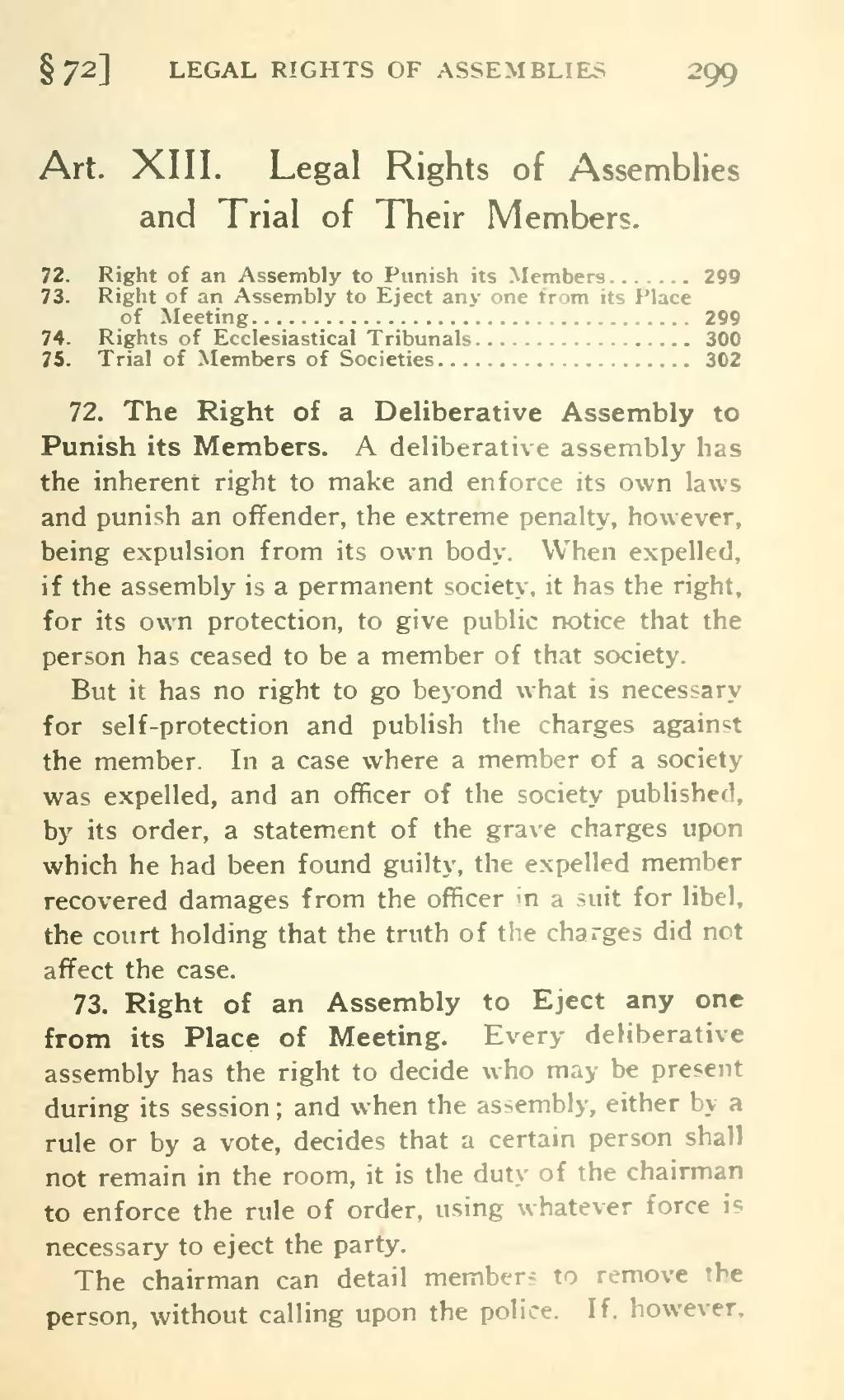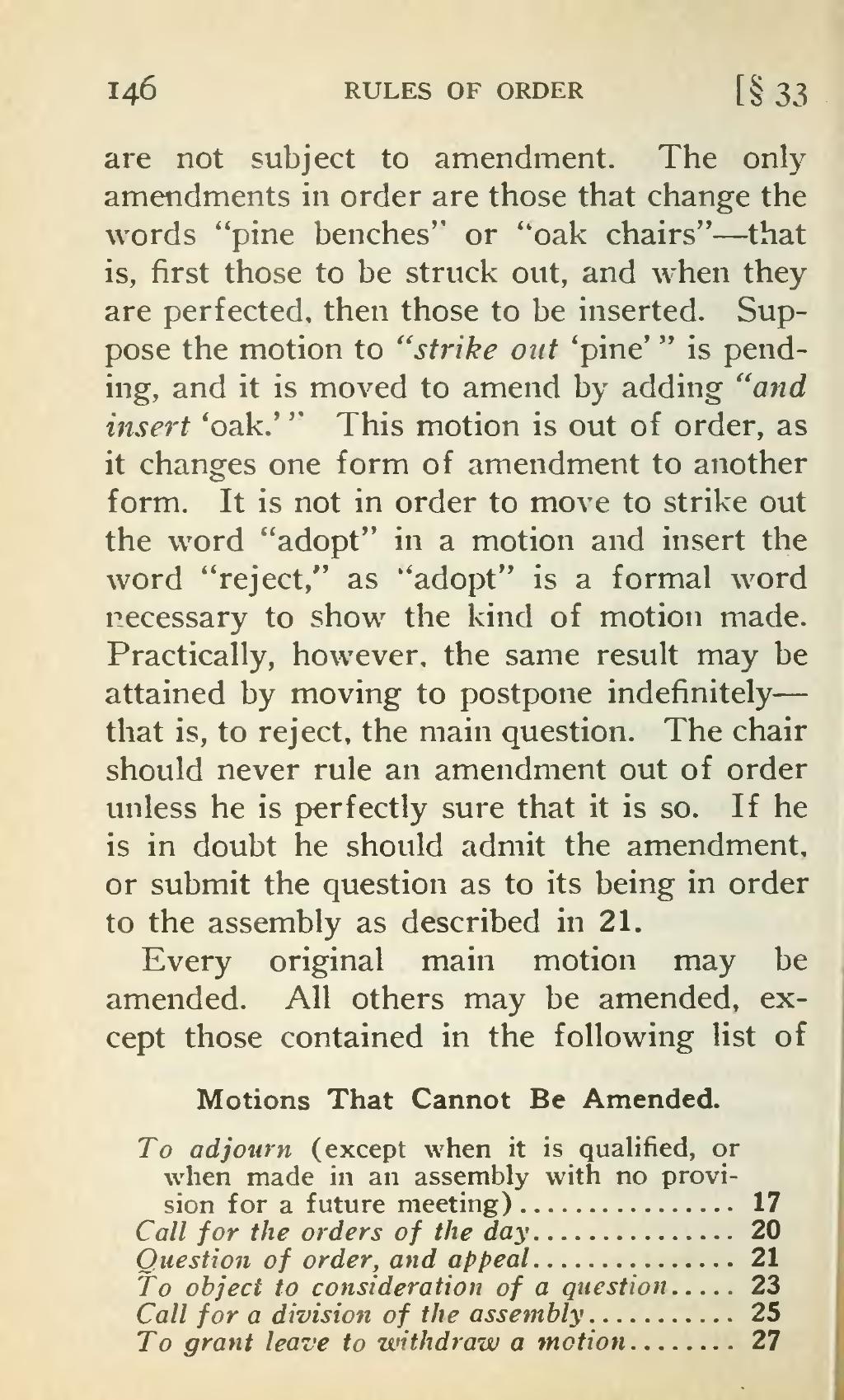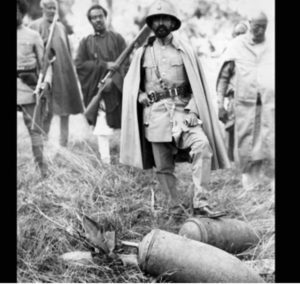 The Ethiopian Government is best known for the tight control it has exerted over the political process of the country. Therefore it comes of something of a surprise to learn that it has made the development of media a priority and with a certain amount of external prompting has liberalised the radio sector.
Two new private radio stations have been launched (more will follow) and community radio stations have also started broadcasting. Well-informed sources say that there will be a new private free-to-air television channel within two years. Against this backdrop, the country is also sustaining a significant local film culture in Amharic.
Based on figures from the last census, there are probably between 1-2 million television sets and around 8 million radio sets in Ethiopia. The Ethiopian Radio and TV Agency have overall responsibility for the state run channels but radio and TV have their own organisation and management. ETV is completely supported by Government money and advertising. There is no licence fee.
Two channels: ETV1 which carries ads and ETV 2 which does not. ETV1 covers about 47% of the population whereas ETV2 covers only the capital Addis Ababa. The programming schedule is built around new bulletins throughout the day. Each channel shows around 16 hours programming a day.
The Ethiopian Government is best known for the tight control it has exerted over the political process of the country. Therefore it comes of something of a surprise to learn that it has made the development of media a priority and with a certain amount of external prompting has liberalised the radio sector.
Two new private radio stations have been launched (more will follow) and community radio stations have also started broadcasting. Well-informed sources say that there will be a new private free-to-air television channel within two years. Against this backdrop, the country is also sustaining a significant local film culture in Amharic.
Based on figures from the last census, there are probably between 1-2 million television sets and around 8 million radio sets in Ethiopia. The Ethiopian Radio and TV Agency have overall responsibility for the state run channels but radio and TV have their own organisation and management. ETV is completely supported by Government money and advertising. There is no licence fee.
Two channels: ETV1 which carries ads and ETV 2 which does not. ETV1 covers about 47% of the population whereas ETV2 covers only the capital Addis Ababa. The programming schedule is built around new bulletins throughout the day. Each channel shows around 16 hours programming a day.
The majority of programming is in Ethiopia’s most widely spoken language Amharic and the majority of programmes are made by ETV which has its own studios. A standard quality 20 minute programme would cost between 50-70,000 birr an hour. There is a small independent production sector but it has little chance of growing in current circumstances.Advertising is very cheap at around 1,000 birr a minute. The main advertisers are cleaning products and government organisations like the Anti-Corruption Agency. As the country still has a monopoly phone company (ETC), there is not the volume of mobile phone advertising found in other African countries. That said, ETV has been able to buy some of the premium sports rights by attracting sponsors. The transition to DTT is at an early stage as there is no plan from the Government specifying when and how it will happen. The Ethiopian Broadcasting Authority has done a study which has been submitted to the Government, which needs to create a Task Force to tackle the when, how and what technology issues. Given the overall approach of the Government in other fields, it is likely to opt for a planned approach. However, the issue of subsidy will require considerable resourcing. ETV has made some progress in digitalising its production processes and parts of its archive. For although the Government has declared that the development of the media is a priority, there is a shortage of professional people and resources. Furthermore, ETV as state media is very clearly tasked by the Government to help promote its policies and the implementation of its strategies and that does not always make for interesting viewing.
There are two Pay TV companies – GTV and Multichoice – who between them probably have between 6-7,000 subscribers, 75-80% of whom are in the capital Addis Ababa. Community radio development is being funded by a combination of the World Bank (US$18 m), the Ethiopian Government (US$5 million) and GTZ (US$3 million). The regulator, Ethiopian Broadcasting Authority, has two ways of defining community radio: either by geographic region (with a range of up to 25 kms) and/or addressing a particular community (young people, women or the disabled). 5 community radio licences have been issued by the regulator EBA.One of the country’s universities runs a radio station in partnership with an international NGO with a 3 KW transmitter with an 80 mile radius. Makele University in Tigray is developing locally produced antennas and transmitters. One of the conditions of World Bank funding was that the Government start offering private commercial licences. There are currently two private FM radio stations (Sheger FM on 107.3 and Zami on 90.7) and a third radio station focusing on English and French programming (Afro FM) will be launched next year. In addition, there are two Government radio stations and Radio Fana (see below). However, there is a considerable thirst to launch stations as there were over 45 applicants for the current round of licences. Critics of the liberalisation say that too few stations have been licensed and that they are all in the capital, Addis Ababa.
One of the most dynamic of the new private sector radio players is in fact an already existing station, Radio Fana. It came out of the military struggle against the Dergue and had its origins as a clandestine radio station in the bush. As a result, it has remained broadcasting after the current Government came to power. It broadcasts in Amharic, Afar, Oromo and Somali and is expanding its number of stations, launching new transmitters in Jimma in the south and Gonder in the north. It transits on FM in the urban area and on short wave in the rural areas.In the next two years it will have 10 stations with increased local programming. All together the company employs 254 people and before too long it will move from its current “hut-like” premises to a new multi-storey office block it is building next door to its current offices. It is supported by three different kinds of advertising: conventional advertising, mainly on the FM stations (30% of revenue), programme sponsorships (15%) and programme partnerships where an organisation will fund a programme. The latter category includes Government Ministries and international donors like UNICEF and Save the Children. Programmes include community discussions on health and sanitation issues and talk shows in the urban areas. Advertising rates vary between 10,000 birr for three spots in an hour for programme sponsorship to six thirty second spots for 690 birr for a more conventional national ad on a premium programme. There are reductions for the three non-Amharic languages. Advertising for non-commercial organisations goes as low as 35-40 birr a minute.
The losers in the struggle for radio advertising have been the Government radio stations. Whereas they used to have a 40%+ market share with Radio Fana taking the lion’s share, they are now down to 18-20%. Radio Fana has more or less kept its market share with Sheger taking 25%. Radio Fana takes a very bullish view of competition, believing that it helps them sharpen up the delivery of everything they do and grows the market.Radio Fana would clearly be one of the contenders for a free-to-air TV licence as and when the Government puts one on the table. Well-informed sources told us that it’s “in the pipeline”. New elections are only 18 months away and the decision could be taken after the elections. Ethiopia has a large and thriving film culture which is unusual given the history of cinema in the country. Emperor Menelik II was in conversation with Stevenin when the latter mentioned cinema and how he had abandoned importing a projector because of opposition from the country’s priests. The original cinema was opened by a Frenchman and was quickly dubbed Satan Bet’ (The devil’s house) by the public. The cinema went bankrupt and its projector passed to the Emperor who used it to watch films with a spiritual theme with his officials and priests in the Grand Palace. It was not until “talkies” came into being that cinema really took off in Ethiopia. Addis Ababa has ten cinemas where many African capitals only support one or two venues. Of these, four are privately owned and the rest are Government- run venues. The smartest of these cinemas is in the Edina Mall and was built by a local millionaire a year ago. Outside of Addis Ababa, films get shown in big general-purpose halls. There is a strong audience for locally made films and almost all screenings are crowded, often requiring a police presence for crowd control. Interestingly, people pay a premium to see local films: 15 birr (US$1.53) for a locally made film as against 5 birr (US30 cents) for seeing two Hollywood movies.
The Ethiopian International Film Festival takes place in the country’s capital Addis Ababa at the end of November each year. In 2008 it showed 24 Ethiopian films and 28 African and international films: the Ethiopian films shown are all competition entries. Its director Yergity Teshome is promising that this year’s festival will be even bigger than last year’s and he wants to do a pre-festival training workshop for 10 people, 3 of whose short films (of between 5-7 minutes) will be shown at the Festival.Last year 33 feature films were made in Ethiopia by independent filmmakers, all shot on Betacam HD and in country’s most widely spoken language Amharic. Because they are in Amharic, they tend only to be shown in Ethiopia or to the Diaspora in Europe and North America. Ethiopians have their own popular music which is widely used in the films made but no-one really knows this music outside the country. According to Teshome:” Our neighbours like Kenyans and Ugandans don’t know Ethiopian music and Ethiopians are not globalised in a cultural sense.” Recent entries to the film festival have been shown at the Amakula Film Festival in Kampala and at ZIFF in Zanzibar and on the international festival circuit but this has bought critical acclaim but not audiences.
Prize-winning entries to last year’s Ethiopian International Film Festival give some idea of the types of stories involved. Operation Agazi is an action movie that looks at a jailbreak mounted during the Dergue regime to release political prisoners. Best Man is a comedy about two couples: one male partner wants to marry, the other does not. The rise of the current film sector dates back to the end of the Dergue regime and probably one of the first films to be made was Aster. After the collapse of the regime, the film sector simply blossomed.The budget needed to make films is raised from box office revenues or initial capital is loaned by the families of film-makers. Most of the film makers are very young and the industry is not, according to Teshome, either “institutionalised or industrialised.” But as he acknowledges for the sector to become more sustainable, a system needs to be built and one with its own institutions. The country has its own film stars but each needs to make several films at once to survive and they supplement their income with TV and radio ads. In revenue terms, filmmakers rent cinemas (that range from 700-1,500 seats) for around 3,500 birr and sell tickets for 15 birr per person. On this basis, the filmmaker can get around 50,000 birr (US$5,100) or more revenue from a film. Some films are high budget and one has run to 3.5 million birr. The maker of this particular film was the person who launched one of Ethiopia’s first ad agencies and is a prolific film-maker.
In terms of post-production, there are no facilities houses and each individual film-maker makes their own edit. However, the volume of films being made has seen camera hire go from 100 birr a day to 700 birr a day. After the film has been shown at the cinema, it will then be distributed on VCD by local distributors but this raises very little money as copies are almost immediately pirated. However, what income does get made is split 50/50 between the distributor and the film-maker. Again renting local films commands a premium: it costs only 2 birr to rent a Hollywood movie for three days but 5 birr to rent a local movie for one day.Films are not screened on television. The only explanation is that ETV is state-owned. For as Teshome sees it:” That’s our big problem. They don’t want to give air-time to a private person. ETV has its own dramas but they’re not very good.” Some of the difficulties with the uncertain relationship between independent producers and ETV is illustrated by the recent changes in access to the channel. Wizzkids Workshop is a small company supported by donor commissions. It produced four 7 minute animation features on children’s’ health, the environment and recycling water. ETV agreed to show them for 300 birr (US$30.64) a minute. But buying airtime is now no longer possible because of two factors. Firstly, inspired by the Government’s anti-corruption approach ETV is now commissioning programmes one year ahead and not allowing programme makers to share advertising income. Secondly, there is a new bill covering CSOs which says that only local organisations can address issues of rights.
To be an Ethiopian NGO defined as local you must get 90% of your funding from Ethiopian sources. Programme makers have to bid to make programmes and this means this type of programming may no longer be aired. UNESCO has organised a film and development workshop as part of the Ethiopian International Film Festival looking at how development issues can be incorporated into films.Paul Hector of UNESCO says: “We’d like to do the equivalent of product placement where an issue becomes part of the plot.” He is also trying to organise an event this year involving the Ethiopian Diaspora that would involve them in making productions. There’s a film school at Addis Ababa University but according to one source it’s of a fairly low standard because many of those teaching the subject do not have a wide experience of film-making. In addition, there are three private film-making schools, one of which is a complex run by the company that owns Radio Fana. By Russell Southwood www.All Africa.com 8th January 2009]]>
